
All about Southern Brown Bandicoots
Meet the Southern Brown Bandicoot
Fifty years ago, many residents of south-east Melbourne would have often seen the long, pointy nose, humped back and stumpy tail of the Southern Brown Bandicoot, snuffling around searching for bugs and fungi to eat. As Greater Melbourne has grown, our now nationally endangered bandicoots are getting harder to find.
Quick facts
- Southern Brown Bandicoots are marsupials, meaning they carry their young in a pouch. Like a wombat, their pouch faces backwards so the joeys don’t get covered in dirt from digging!
- They have one of the shortest gestation (pregnancy) periods of any mammal – just 12-15 days!
- Southern Brown Bandicoots weigh approximately 1-1.5 kgs, and are typically larger than a rat and smaller than a rabbit.
- While you may see them out and about at any time of day or night, Southern Brown Bandicoots tend to be most active around dusk.
Don't confuse me for a rat!
Sharpen your bandicoot-spotting skills by learning about their distinctive features.
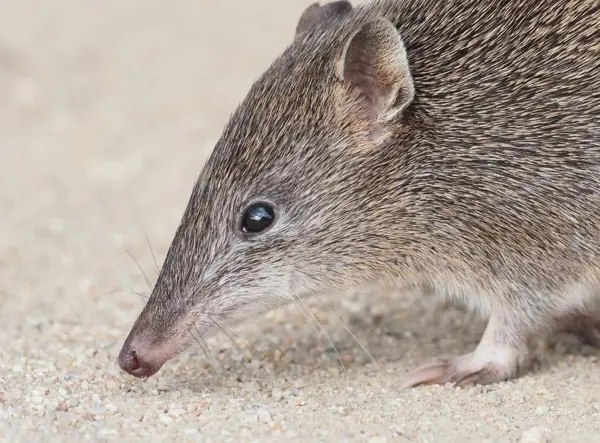
Pointy nose
I've got a long, pointy nose which I use to snuffle through the soil in search of tasty bugs and fungi to eat.
Compared to a rat, my snout is a lot pointier.
📸: Ricardo Simao

Keep an eye out for traces
While bandicoots are great at hiding, they leave many clues to show us where they’ve been!
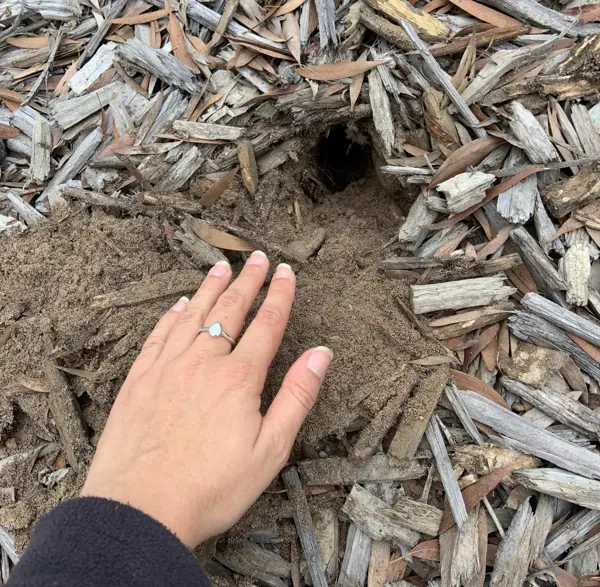
Diggings
These conical holes are approximately 70mm deep and are usually accompanied by a small soil heap.

Diet and habitat
Southern Brown Bandicoots are omnivorous, mainly eating insects, grubs, and truffle-like fungi that grow underground.
As for their habitat, Southern Brown Bandicoots like to hang out in tussocky grasses and shrubs, which provide great cover from prowling predators. They use these long grassy plants to make cosy nests on the ground, which they often line with leaves.
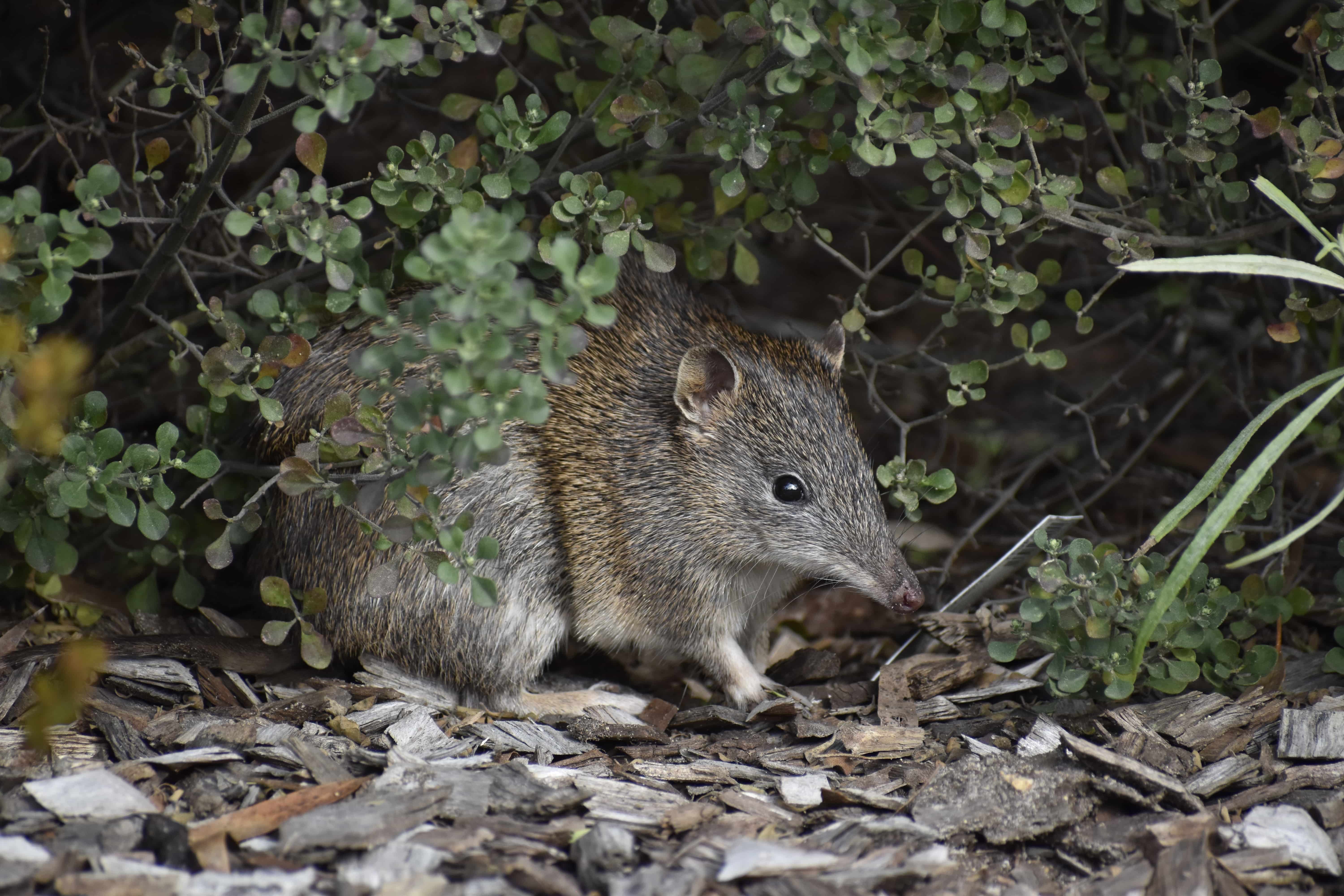
Photo: Sharon Start
Why are Southern Brown Bandicoots so important?
These mighty marsupials are champions of our environment – as they snuffle in the soil in search of food, they create small holes which have a distinctive tapered shape, a bit like an ice cream cone. These dynamo diggers increase nutrient turnover, improve water penetration, and aerate the soil with staggering success - just one Southern Brown Bandicoot can turn over 3.9 tonnes of soil in a year! Not only that, they also spread beneficial fungi in their scats (poo) which our plants need to survive.
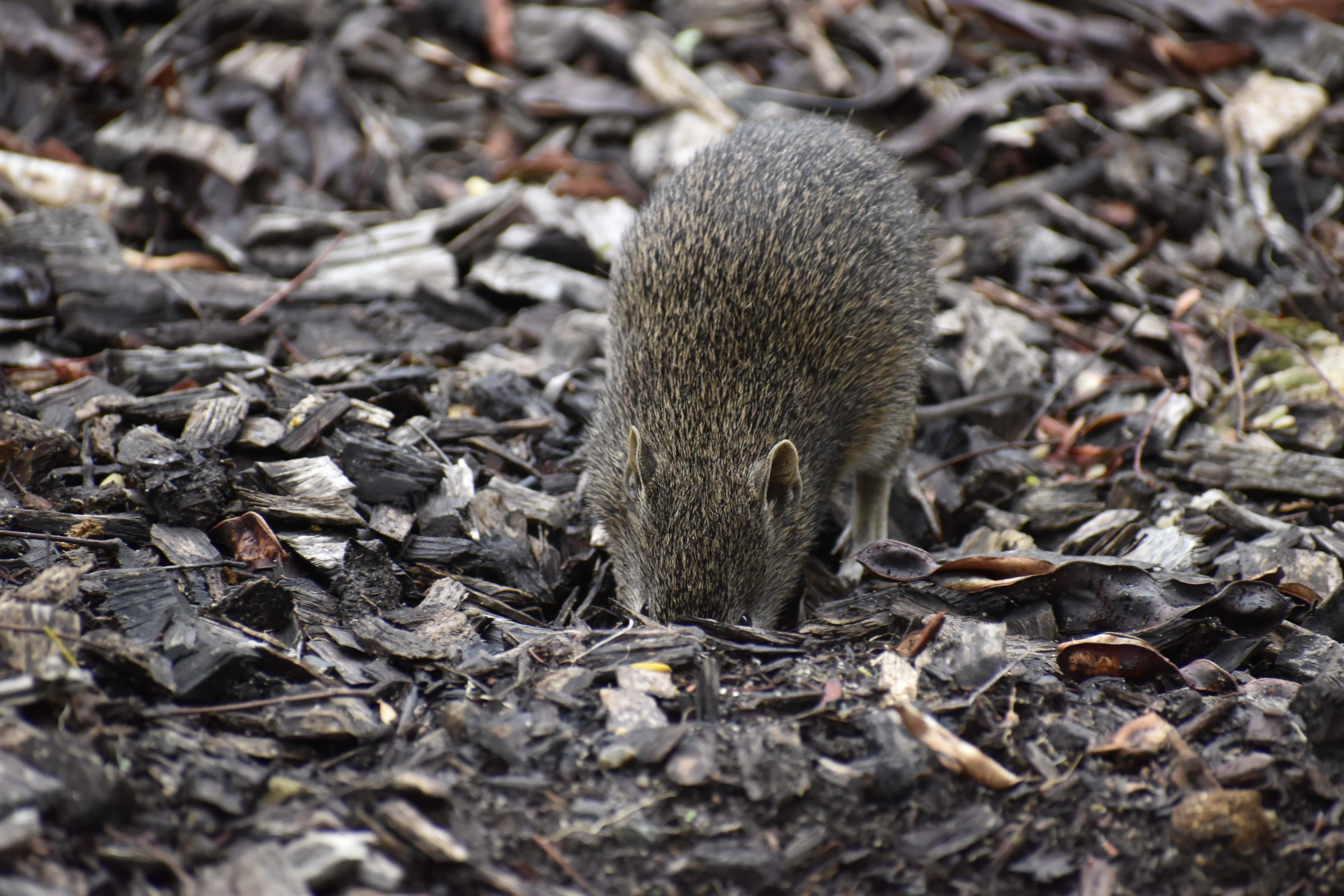
Photo: Sharon Start
Glitter poo?!
Just like unicorns, bandicoot poop is pretty magical! Not only do bandicoot scats carry special fungal spores which help our plants grow, they also sparkle in the sun! Southern Brown Bandicoot scats often contain shiny exoskeletons from insects like beetles, which at the right time of year can make for some serious disco-doodie!
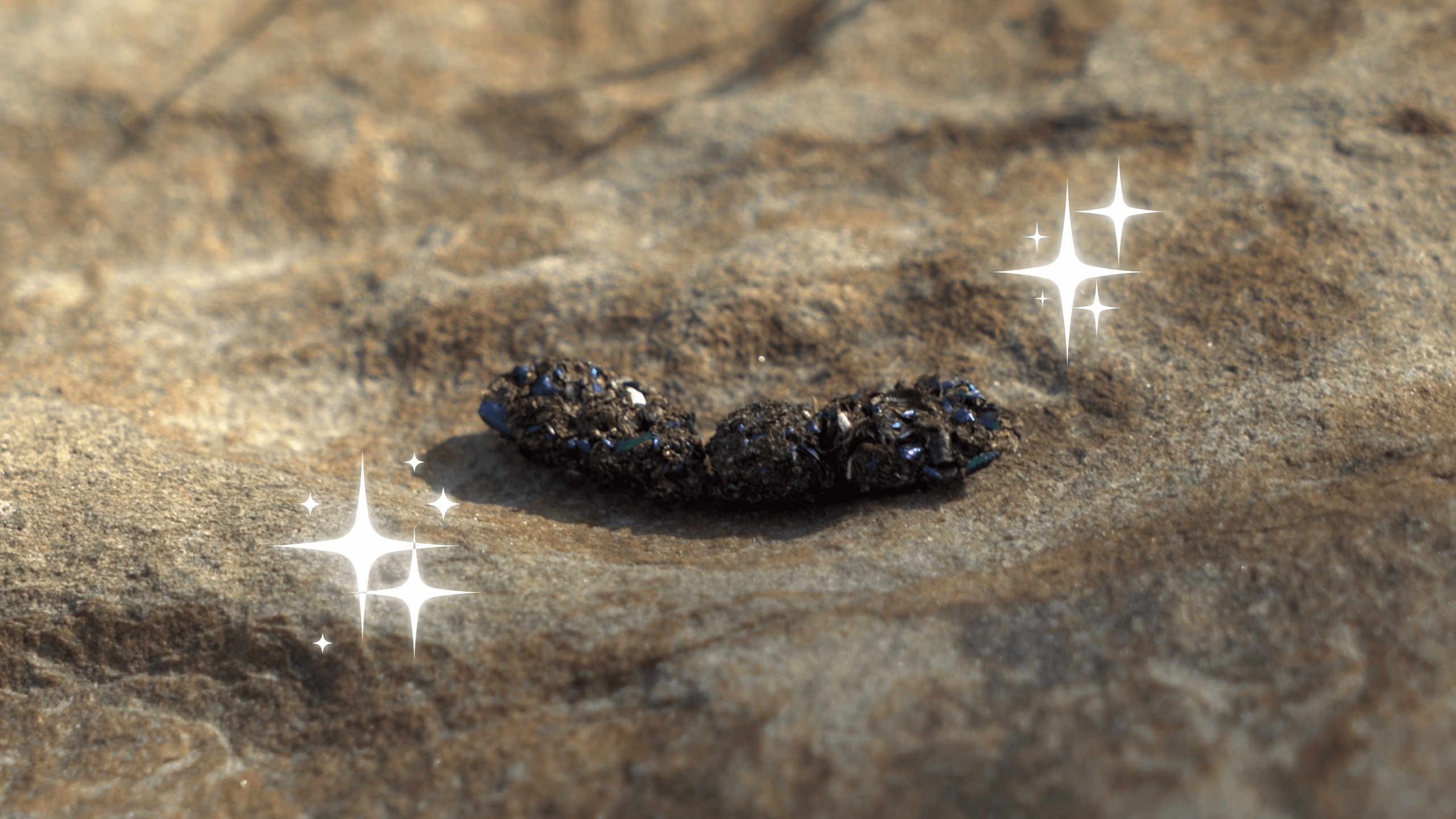
What happened to all the bandicoots?
In the 1800s, Southern Brown Bandicoots were regarded as one of the most common and widespread native mammals in southern Australia. The species suffered major declines following European settlement, and their range has become increasingly fractured. Even as recently as the 1960s, Southern Brown Bandicoots were still known to persist in Melbourne’s south-eastern suburbs including Clayton, Springvale, Glen Waverley, South Oakleigh, Dingley, Mordialloc, Carrum Downs, and Rowville.
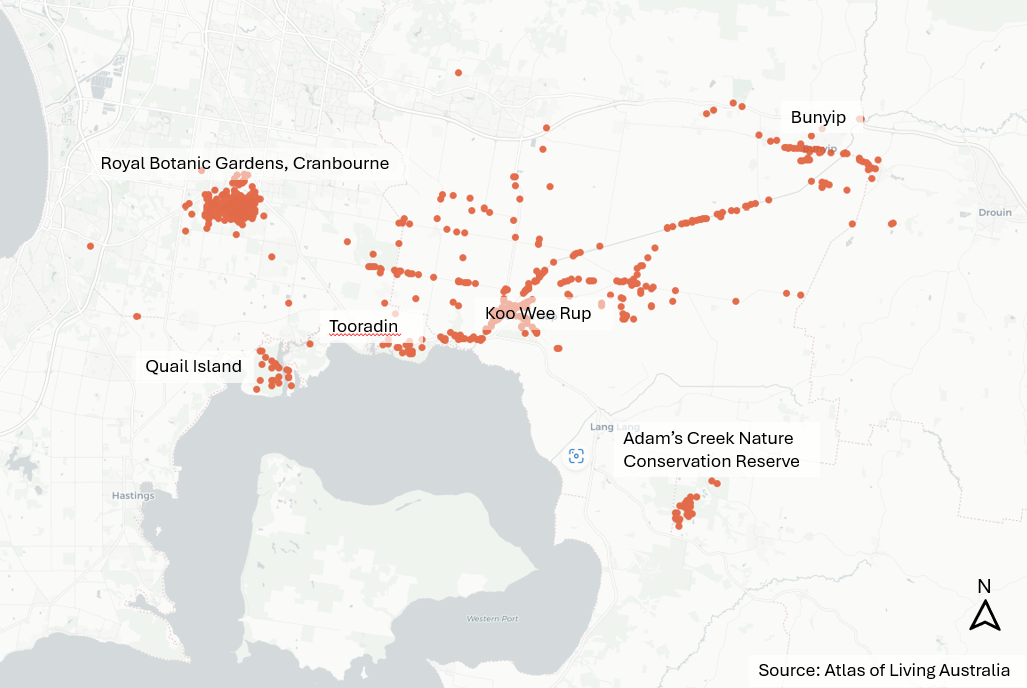
Southern Brown Bandicoot sightings since 2010
Now a nationally endangered species, the key threats facing Southern Brown Bandicoots are:
- Introduced predators like foxes, cats, and dogs
- Loss of habitat
- Busy roads isolating populations and causing roadkill
- Baits and poisons

Photo: Sarah Maclagan
Thankfully, there are many things we can do to help protect these very special animals. Head to our page to find out all about how to make your home, street, and suburb safer for bandicoots.
Where can I find bandicoots in Victoria today?
Here are a few sites where you may be lucky enough to see a Southern Brown Bandicoot:
(Tip: your best chance to see bandicoots is in the late afternoon-evening)
- Royal Botanic Gardens Cranbourne
- Brookland Greens Reserve, Cranbourne
- Settler’s Run Golf Course, Cranbourne
- Chinaman Island, Western Port
- Warneet Natural Features Reserve, Warneet
- Blind Bight Nature Reserve, Blind Bight
- Woodlot Lane Nature Reserve, Tooradin
- Bandicoot Corner, Bayles
- Adam’s Creek Nature Conservation Reserve, Nyora
- Bandicoot Walking Track, Longwarry
- Wilson’s Promontory National Park

Photo: Tania Splawa-Neyman
